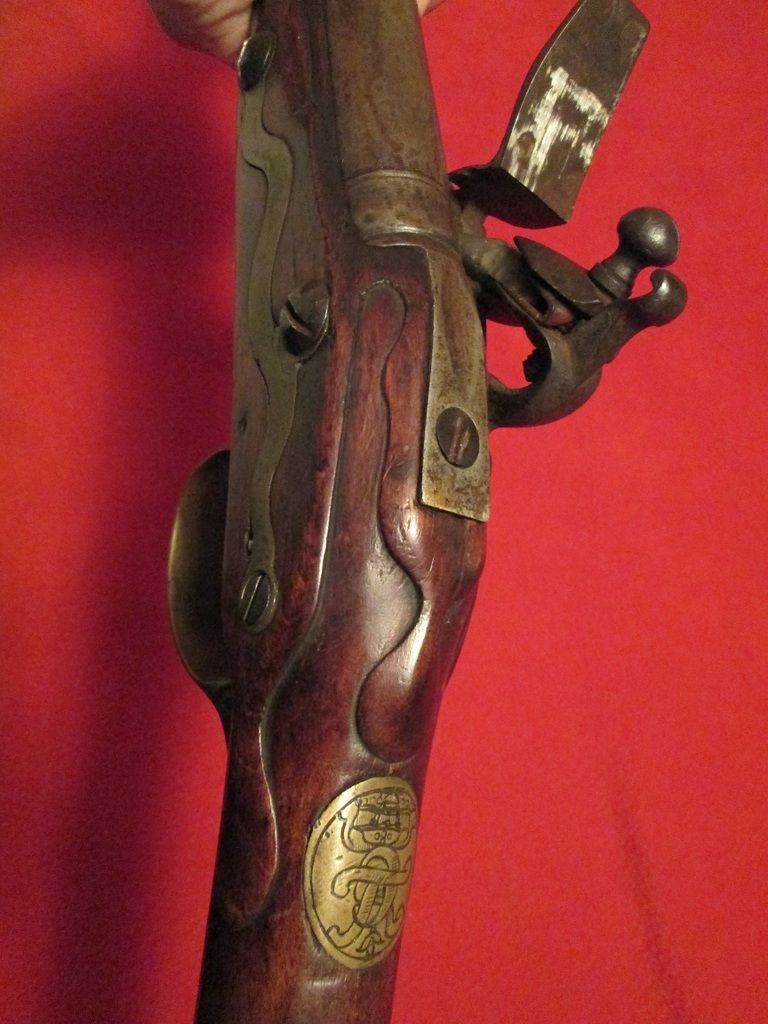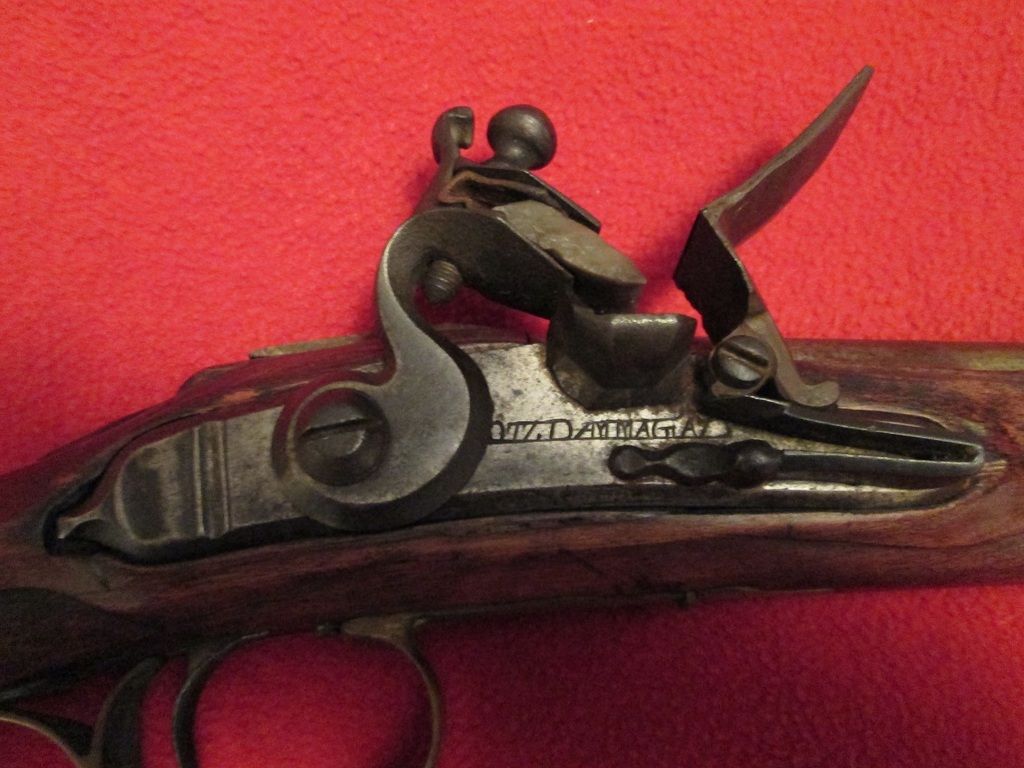Link
http://s358.photobucket.com/user/threesteps13/media/IMG_0343_zpso9eprxj5.jpg.html
http://s358.photobucket.com/user/threesteps13/media/IMG_0344_zps8nzrbg9e.jpg.html
This is a smaller version of a German 1740 musket I have. It is not a cut down full sized gun. The barrel is about 20 inches and about 60 caliber. The triggerguard is not original. Anybody have any information on this model. I have seen a picture on the web of an identical one but there was no info.
This is a smaller version of a German 1740 musket I have. It is not a cut down full sized gun. The barrel is about 20 inches and about 60 caliber. The triggerguard is not original. Anybody have any information on this model. I have seen a picture on the web of an identical one but there was no info.
Last edited by a moderator:










